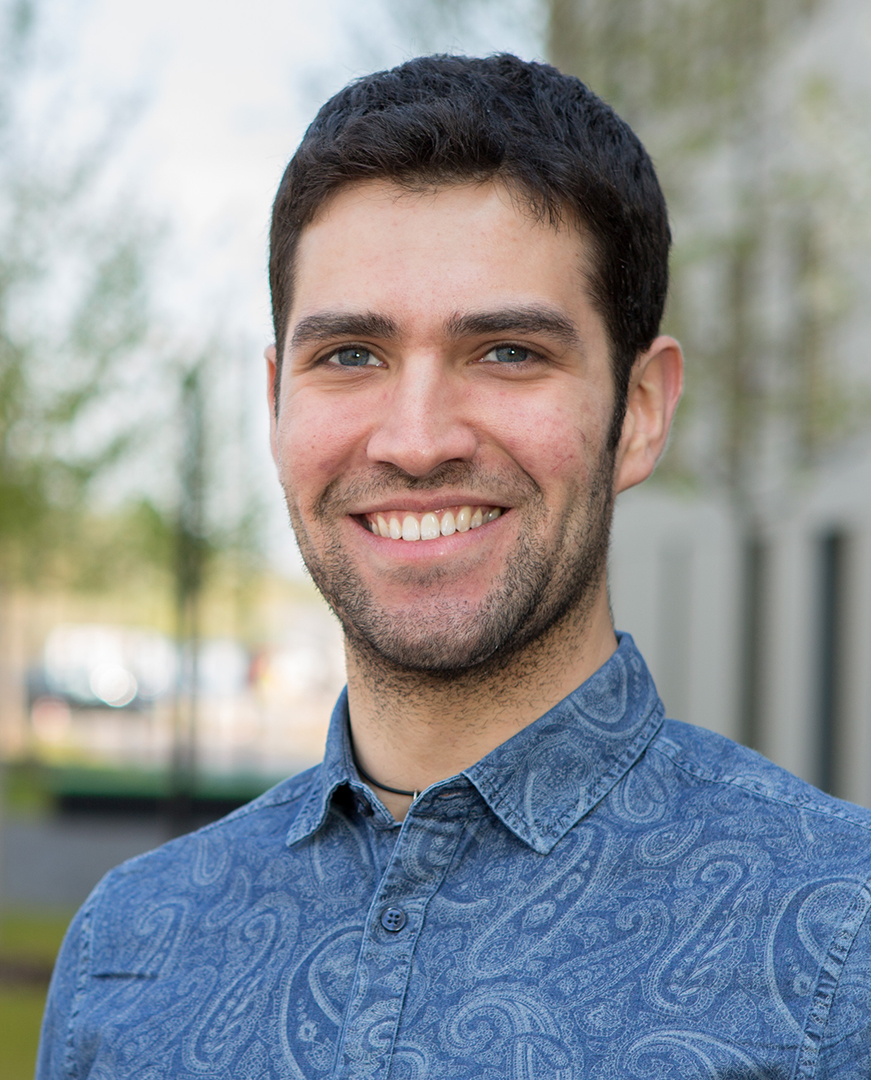Performance Evaluation of Quantum Mobile Networks
The capacity [18] of any wireless network is influenced by several factors [19], including the physical characteristics of the communication channel between nodes, packet arrival process, node density and transmission radius, queuing policy, and nodes’ buffer size [20] [21]. Memory buffers at forwarding wireless devices are needed to temporarily store information on its way to the intended recipient, and their policy determines which information to store and for how long. Recent works have studied the impact of buffering and packet lifetime on mobile networks’ throughput and delay [22]. Quantum networks need to store quantum states in quantum memories, which requires adaptation of memory technology, size, and queuing disciplines. Recent works studied the capacity [23] [24] and stability [25] of quantum networks. Other works studied delay in quantum networks with buffered nodes [26], and showed that increasing buffer size benefits performance, especially for highly-heterogeneous, nearly saturated networks [27], as it counters the negative effect of decoherence. However, a significant challenge for applying quantum communications to mobile networks is that mobile nodes can be modeled as quantum repeaters that communicate over non-optical channels (e.g., microwaves), which makes entanglement generation more difficult than it is for optical channels [28]. Recent works have studied the capacity of quantum switches, which distribute entanglement over a set of nodes connected via optical links [29] [30]. Such capacity models and, more generally, entanglement distribution analyses, could be extended to characterize the communication capacity among a set of neighboring mobile nodes that are “connected” by non-optical links. In this Thesis Topic, the student will investigate recent advances in models to predict capacity and delay in mobile networks when communication links between nodes are quantum channels, and verify their model correctness via simulations.
Related Literature:
[18] M. Amjad, L. Musavian, and M. H. Rehmani, “Effective Capacity in Wireless Networks: A Comprehensive Survey,” IEEE Communications Surveys & Tutorials, vol. 21, no. 4, pp. 3007–3038, 2019, Conference Name: IEEE Communications Surveys & Tutorials.
[19] J. Jun and M. Sichitiu, “The nominal capacity of wireless mesh networks,” IEEE Wireless Communications, vol. 10, no. 5, pp. 8–14, Oct. 2003, Conference Name: IEEE Wireless Communications.
[20] N. Bisnik and A. Abouzeid, “Delay and Throughput in Random Access Wireless Mesh Networks,” in 2006 IEEE International Conference on Communications, ISSN: 1938-1883, vol. 1, Jun. 2006, pp. 403–408.
[21] N. Bisnik and A. A. Abouzeid, “Queuing network models for delay analysis of multihop wireless ad hoc networks,” en, Ad Hoc Networks, vol. 7, no. 1, pp. 79–97, Jan. 2009.
[22] Y. Fang, Y. Zhou, X. Jiang, and Y. Zhang, “Practical Performance of MANETs Under Limited Buffer and Packet Lifetime,” IEEE Systems Journal, vol. 11, no. 2, pp. 995–1005, Jun. 2017, Conference Name: IEEE Systems Journal.
[23] S. Pirandola, “End-to-end capacities of a quantum communication network,” en, Communications Physics, vol. 2, no. 1, pp. 1–10, May 2019, Number: 1 Publisher: Nature Publishing Group.
[24] C. Harney, A. I. Fletcher, and S. Pirandola, “End-To-End Capacities of Hybrid Quantum Networks,” Physical Review Applied, vol. 18, no. 1, p. 014 012, Jul. 2022, Publisher: American Physical Society.
[25] T. Vasantam and D. Towsley, Stability Analysis of a Quantum Network with Max-Weight Scheduling, arXiv:2106.00831 [quant-ph], Jun. 2021.
[26] W. Dai, T. Peng, and M. Z. Win, “Quantum Queuing Delay,” IEEE Journal on Selected Areas in Communications, vol. 38, no. 3, pp. 605–618, Mar. 2020, Conference Name: IEEE Journal on Selected Areas in Communications.
[27] G. Vardoyan, S. Guha, P. Nain, and D. Towsley, “On the Stochastic Analysis of a Quantum Entanglement Distribution Switch,” IEEE Transactions on Quantum Engineering, vol. 2, pp. 1–16, 2021, Conference Name: IEEE Transactions on Quantum Engineering. [28] M. Casariego, E. Z. Cruzeiro, S. Gherardini, et al., Propagating Quantum Microwaves: Towards Applications in Communication and Sensing, arXiv:2205.11424 [quant-ph], May 2022.
[29] N. K. Panigrahy, T. Vasantam, D. Towsley, and L. Tassiulas, On the Capacity Region of a Quantum Switch with Entanglement Purification, arXiv:2212.01463 [quant-ph], Dec. 2022.
[30] T. Vasantam and D. Towsley, “A Throughput Optimal Scheduling Policy for a Quantum Switch,” in Quantum Computing, Communication, and Simulation II, arXiv:2206.03205 [quant-ph], Mar. 2022, p. 22.
Contact

- Name / Titel
- Dr. Antonio Di Maio
- Funktion
- Senior Research Assistant
- antonio.dimaio@unibe.ch
- Phone
- +41 31 684 66 87
